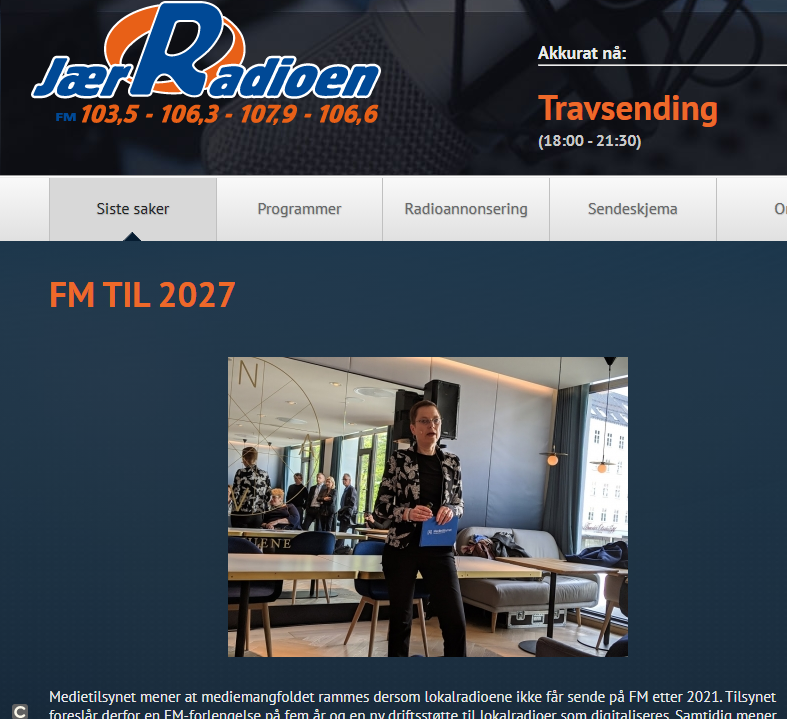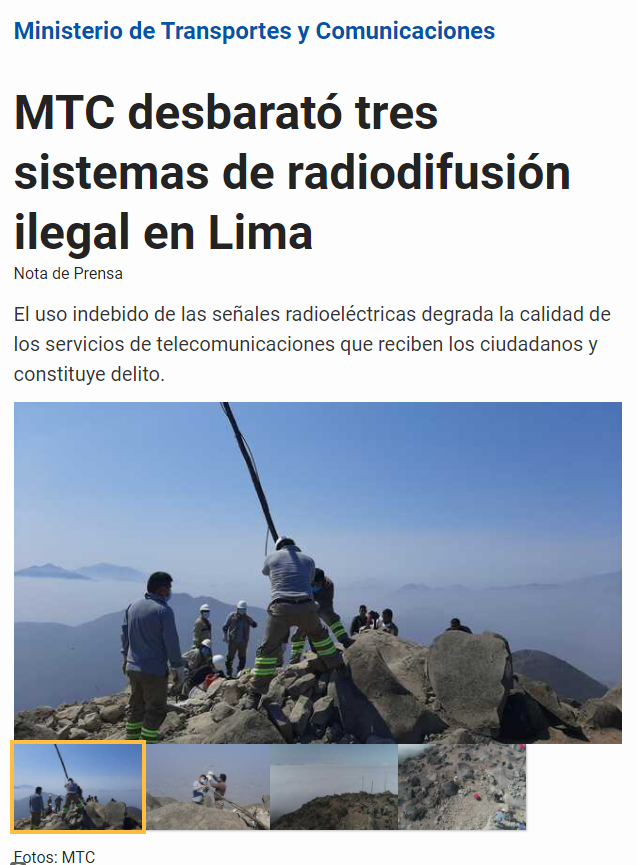
Source
A few months after entering the capital of the Lagardère group, Vivendi aims to take control: in recent days it has announced its intention to acquire the package of 18% owned by the Amber Capital fund and that it will then present the Opa. Vivendi, which already has 27% of Lagardère’s shares in its portfolio, has set December 15, 2022 as the time horizon, offering 24.1 euros per share, thus recognizing a premium of about 20% compared to the quotations. However, the transaction must obtain the green light from the CSA (Conseil Supérieur de l’Audiovisuel), the Autorité des Marchés Financiers and the European Commission. In order to finance the acquisition, Vivendi’s owner Vincent Bolloré sold shares in Universal Music (retaining a sufficient 10% to maintain control), before listing the music giant on the Amsterdam stock exchange. The listing was a success, because compared to the placement fee set at 18.5 euros per share, the shares rose to 26.45 euros (+35%), giving the group a value of around 45.5 billion euros compared to 33 at the placement.



